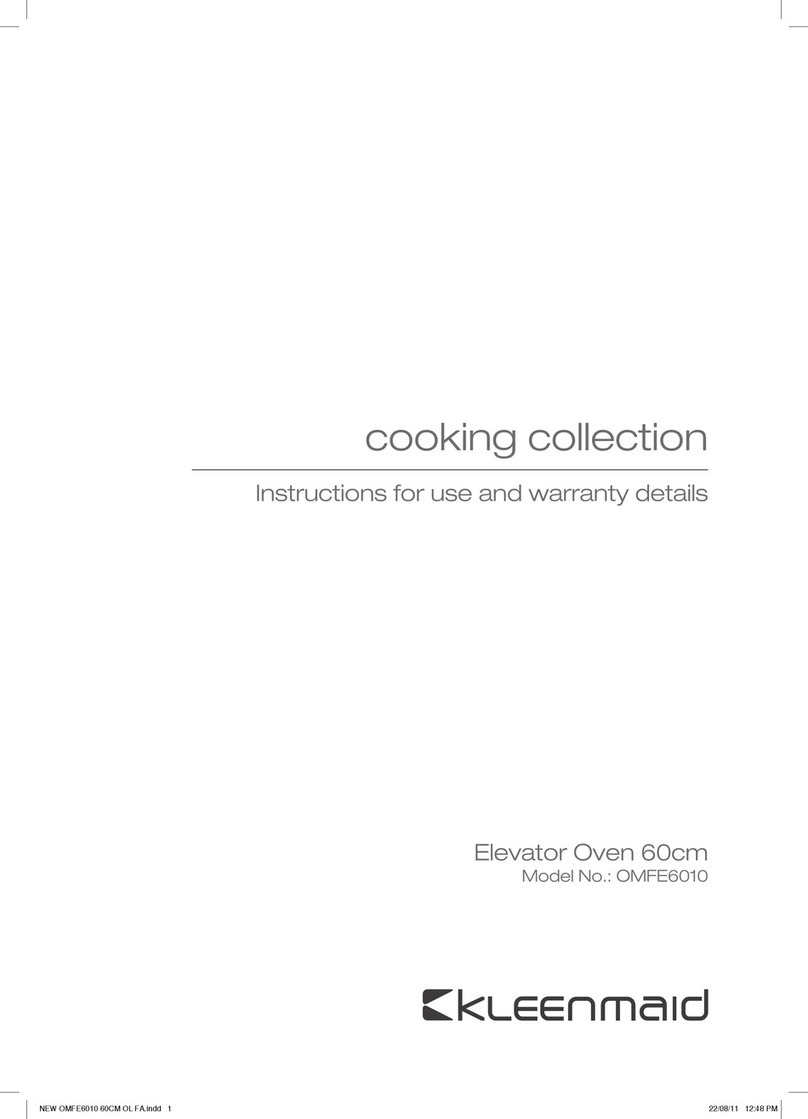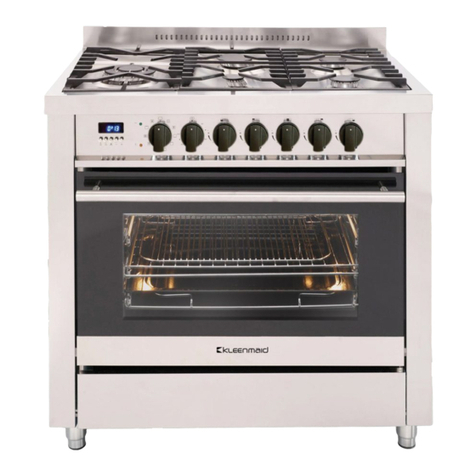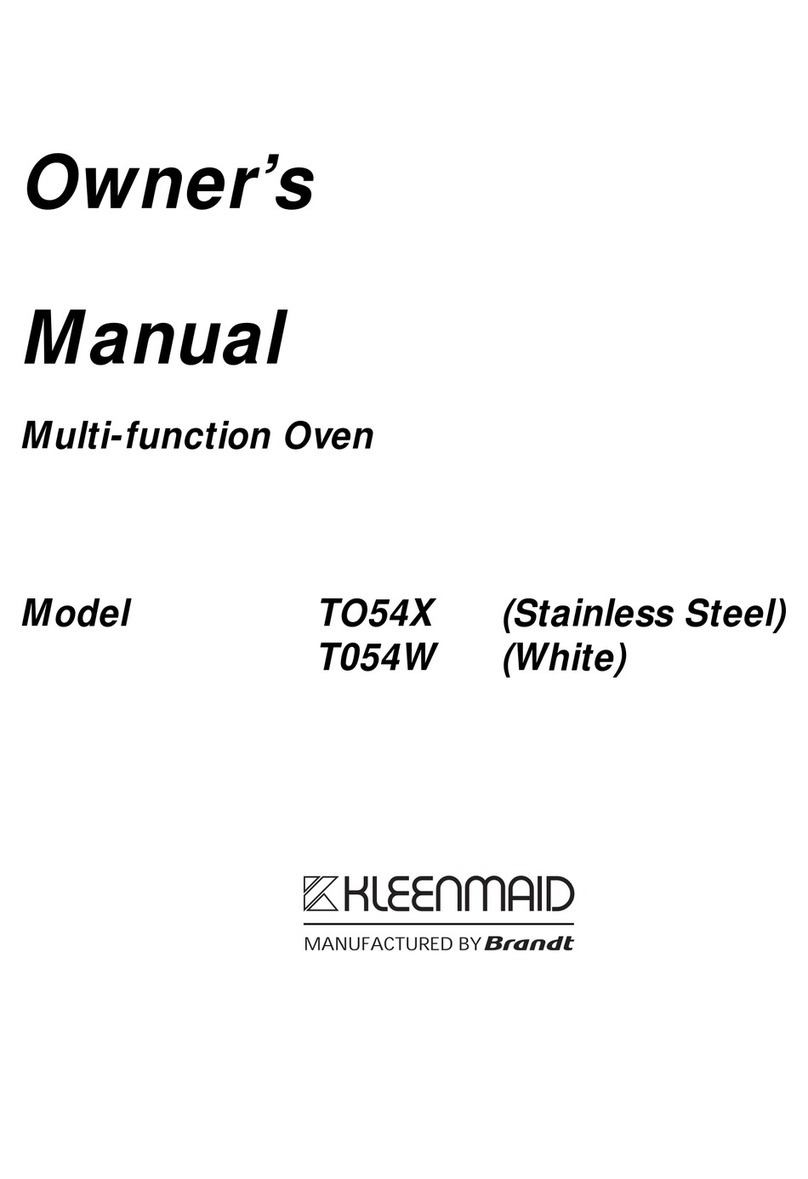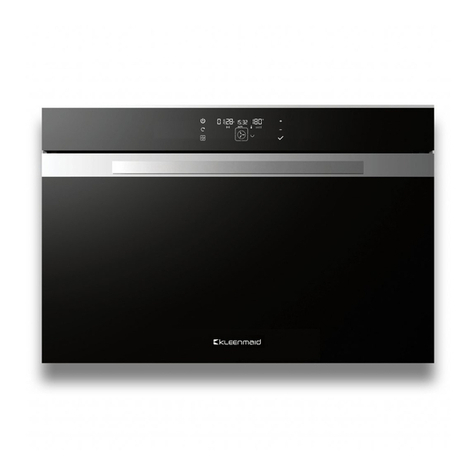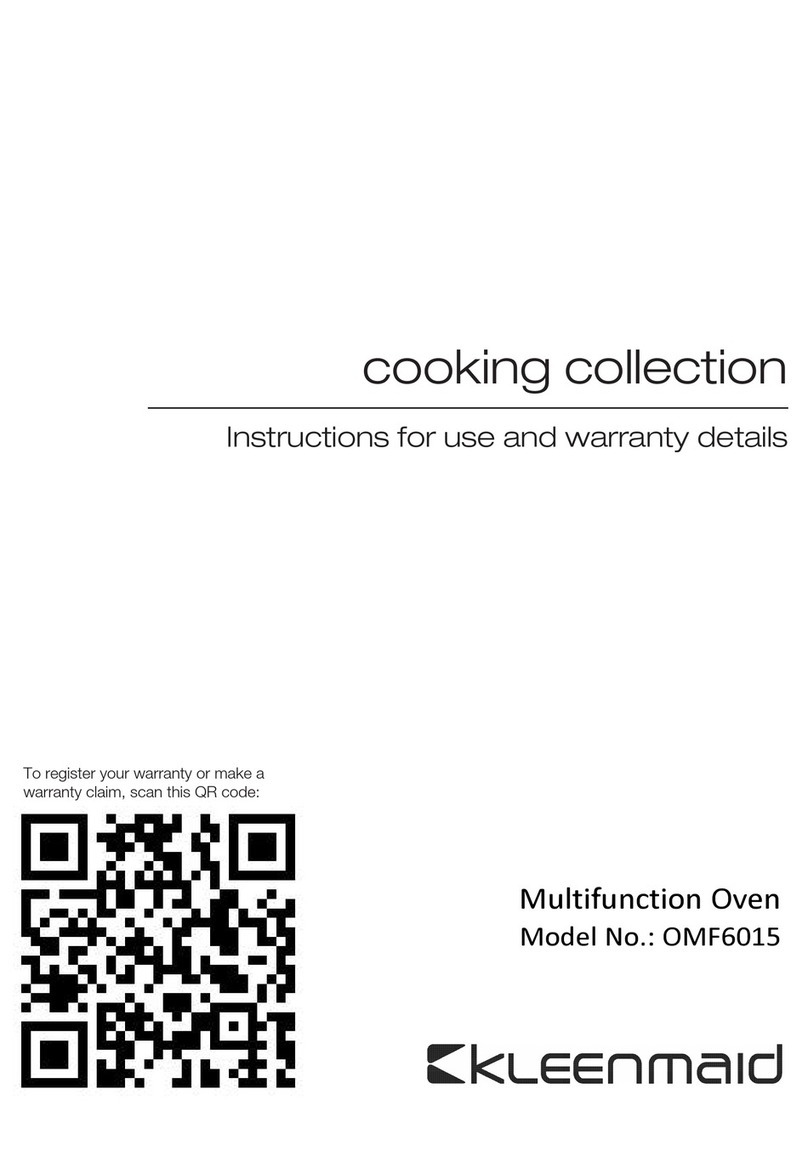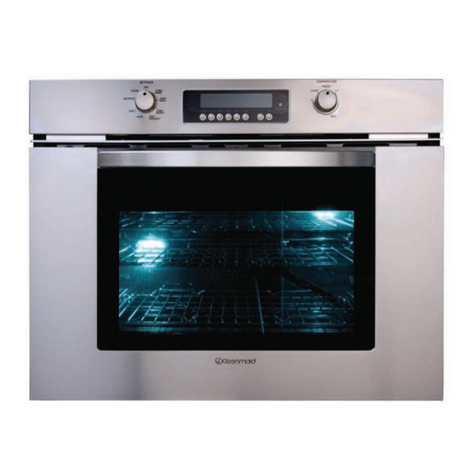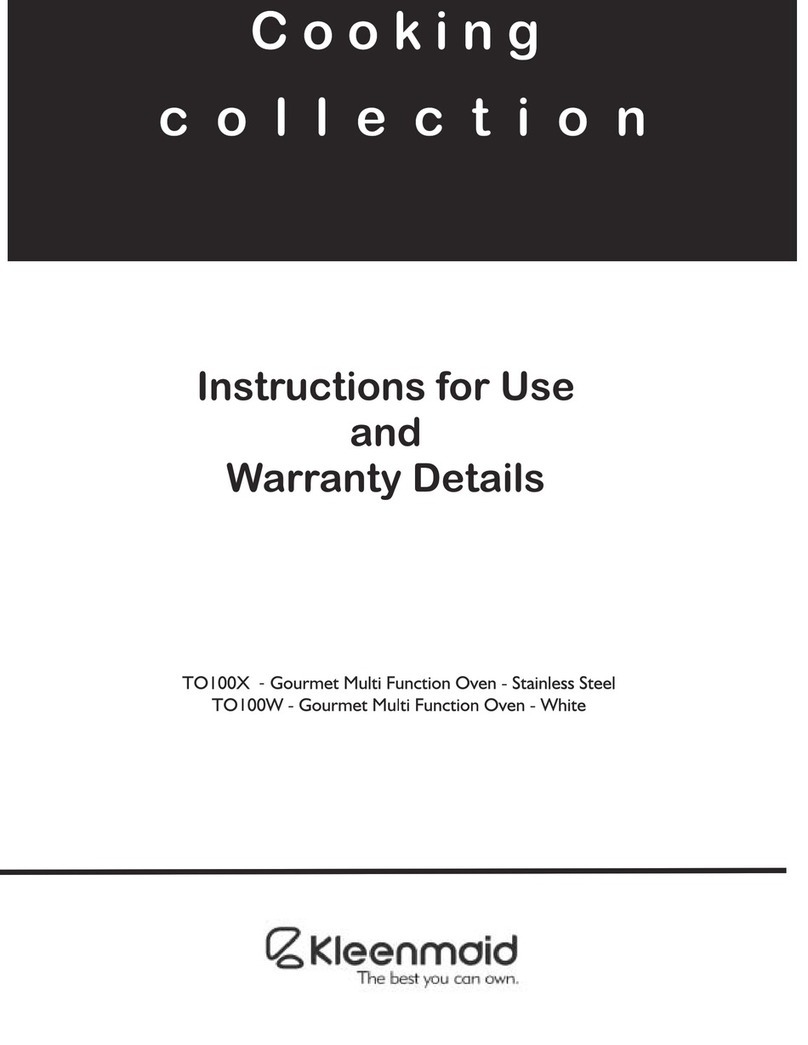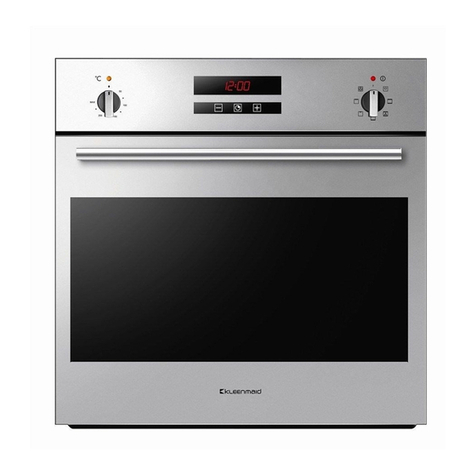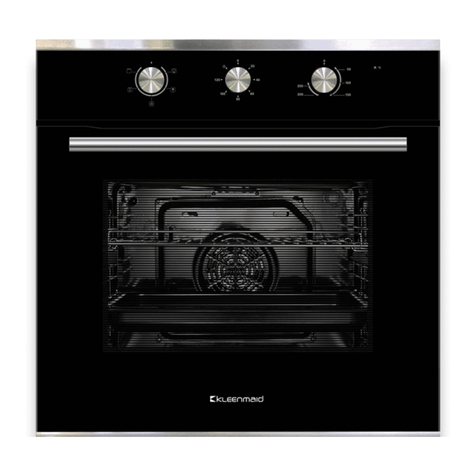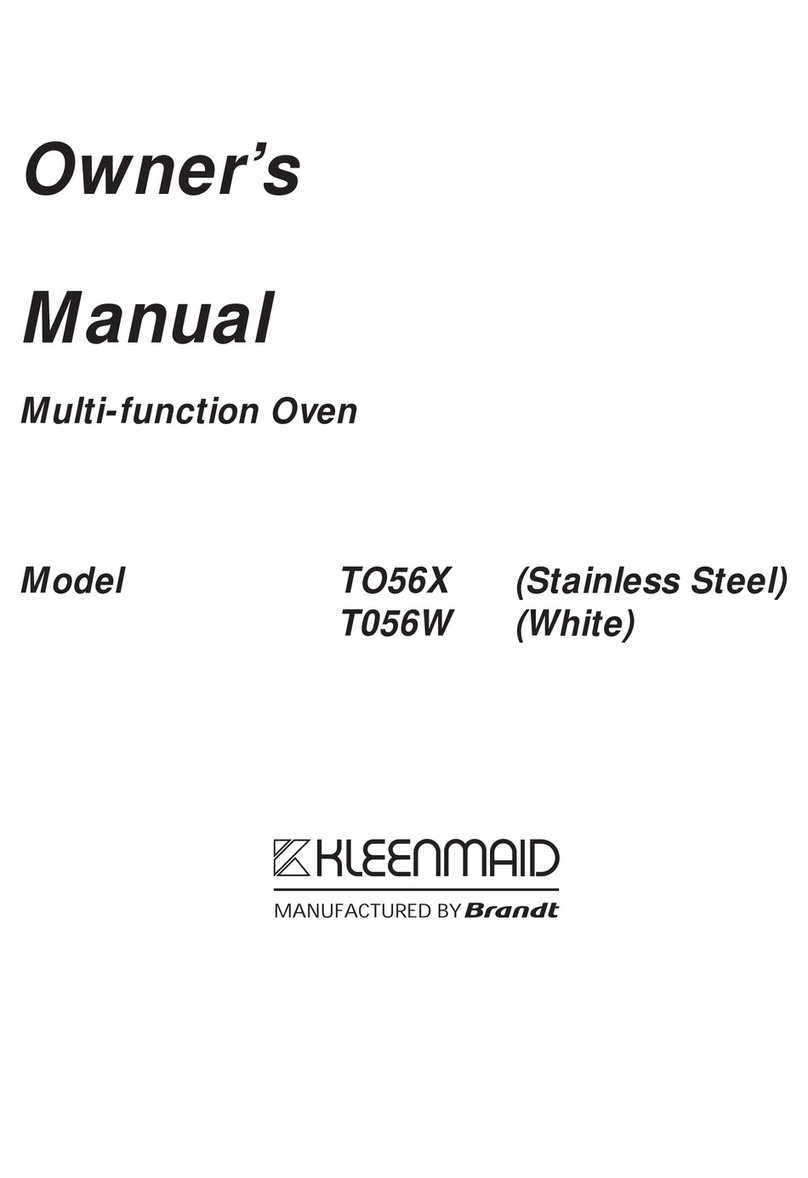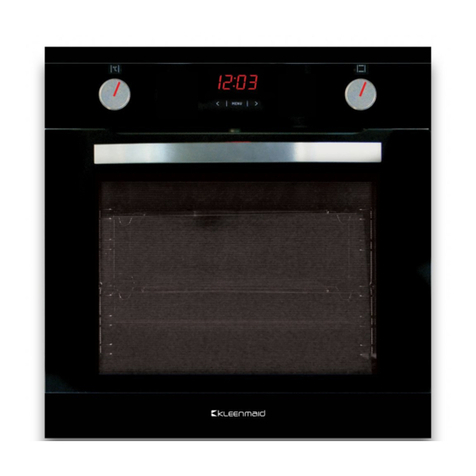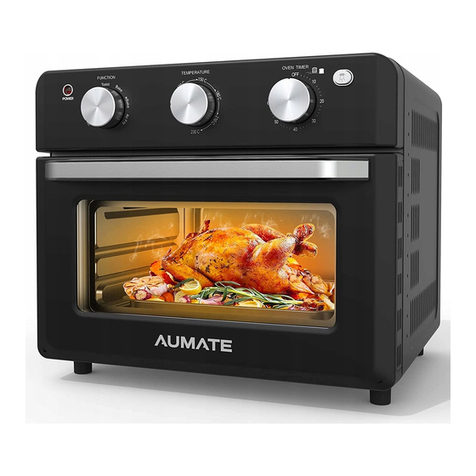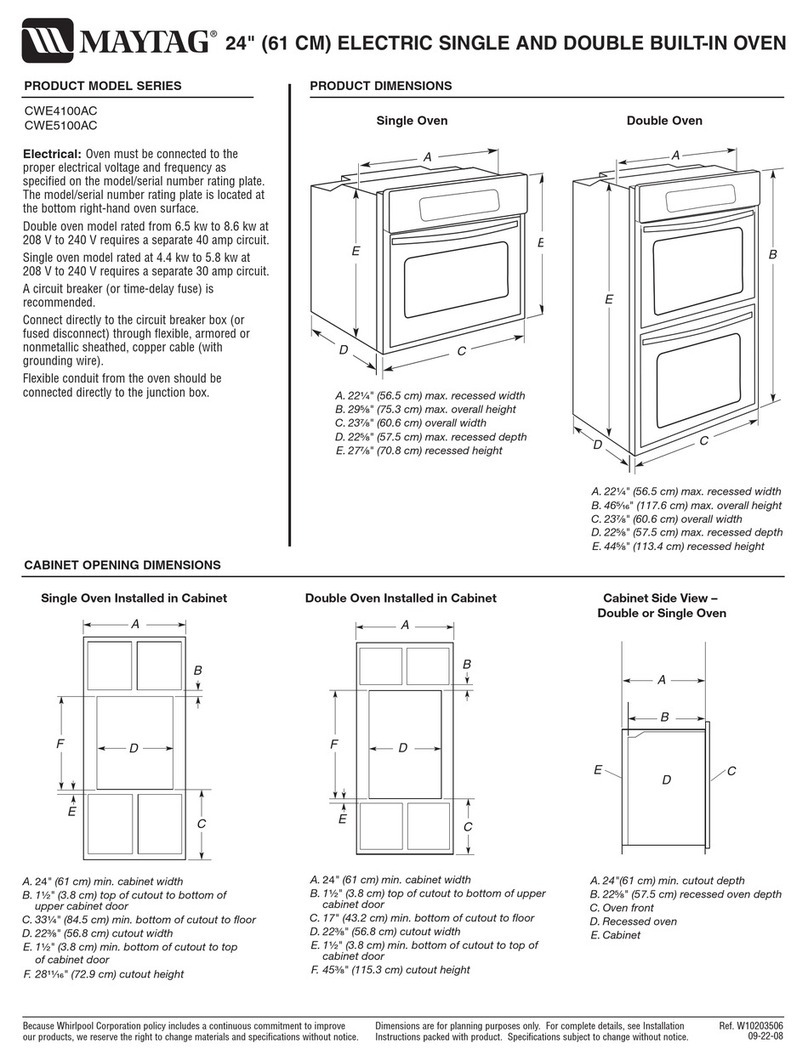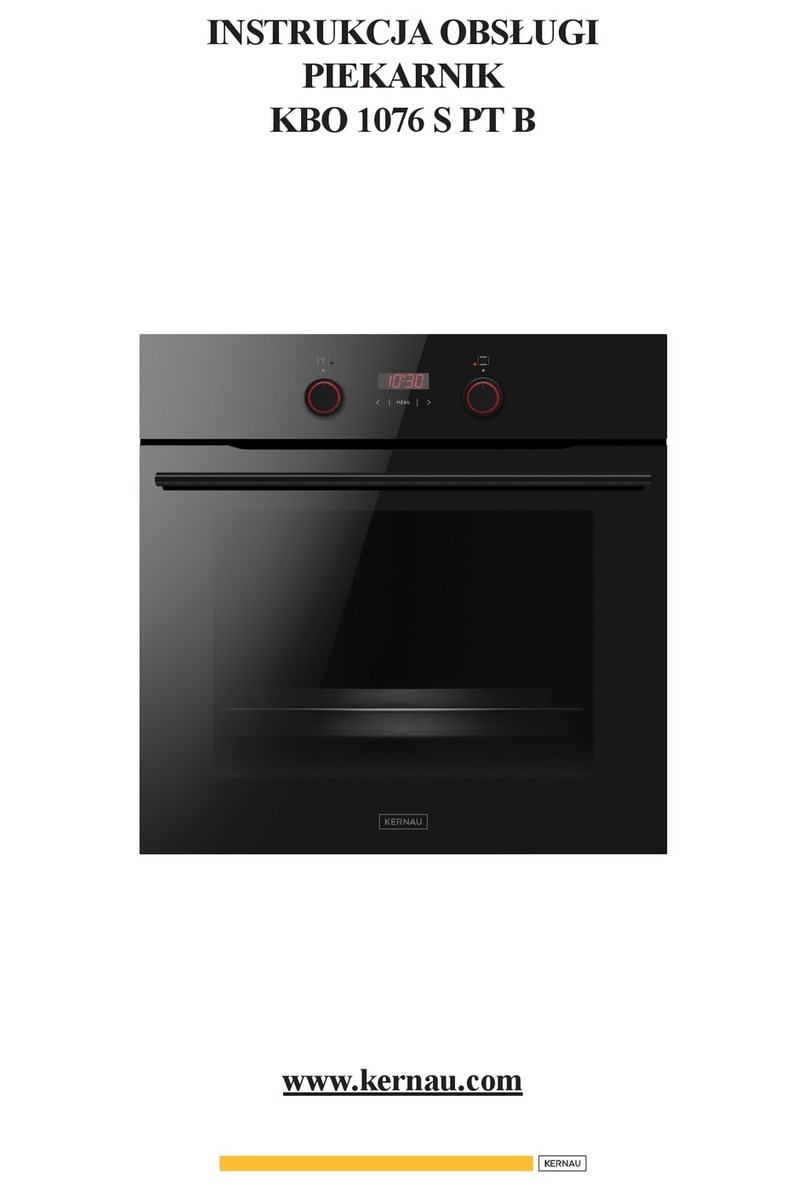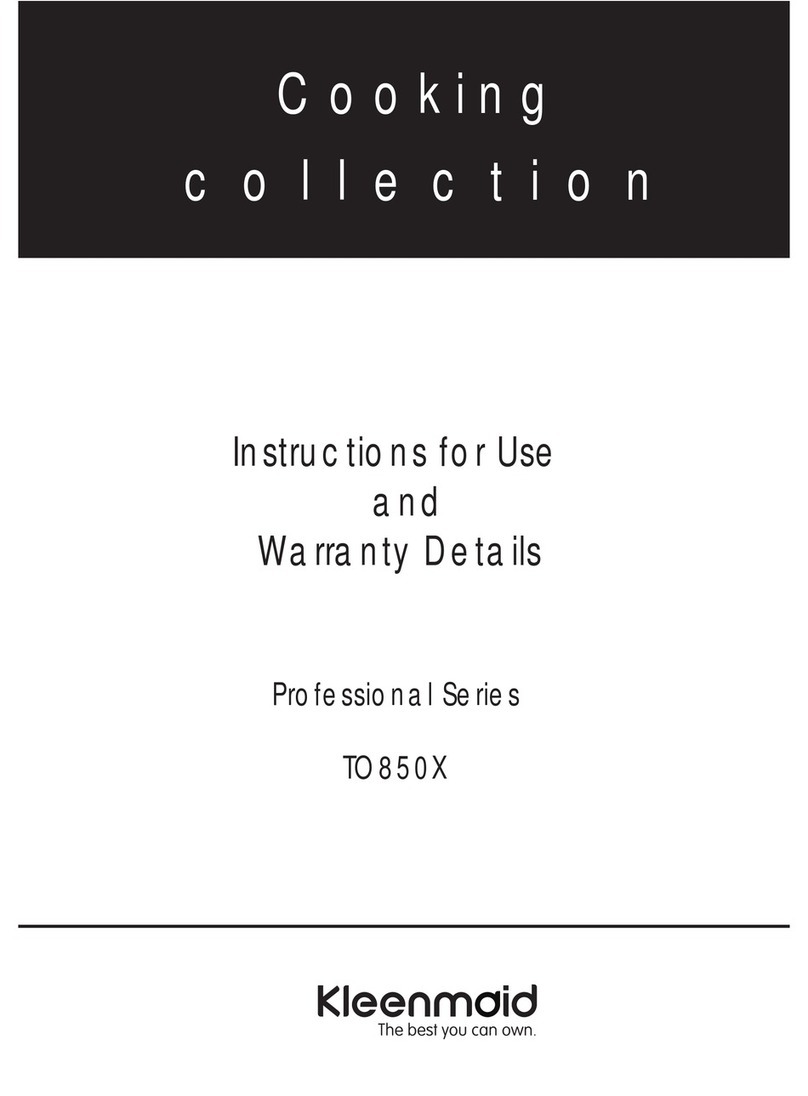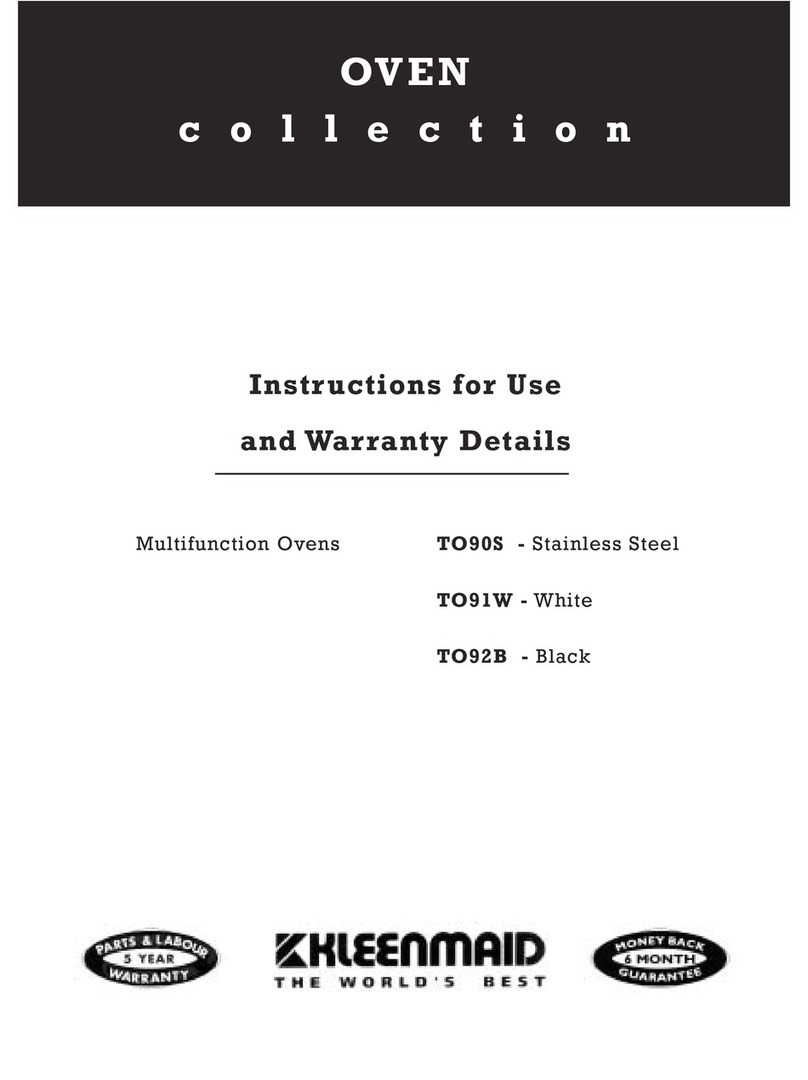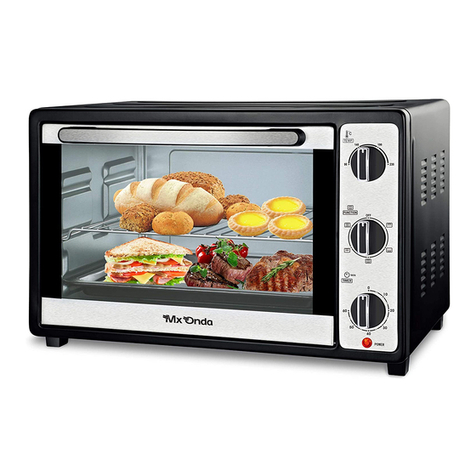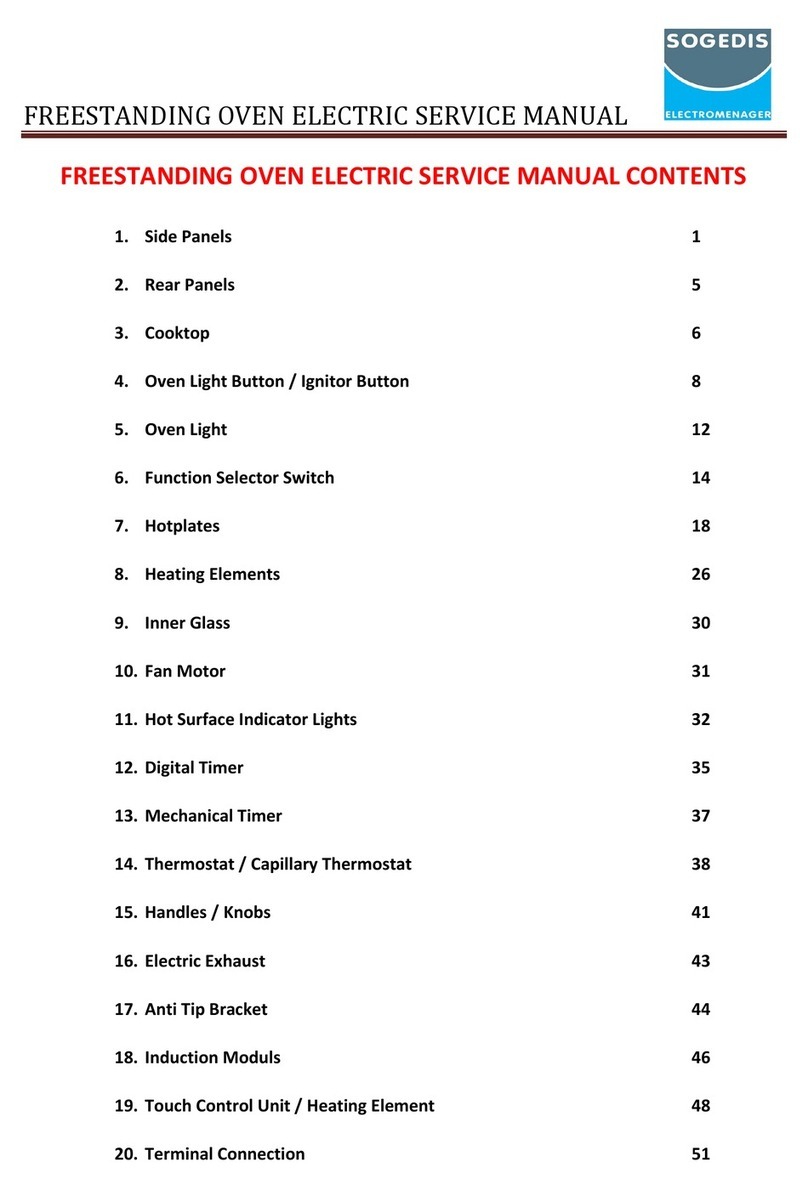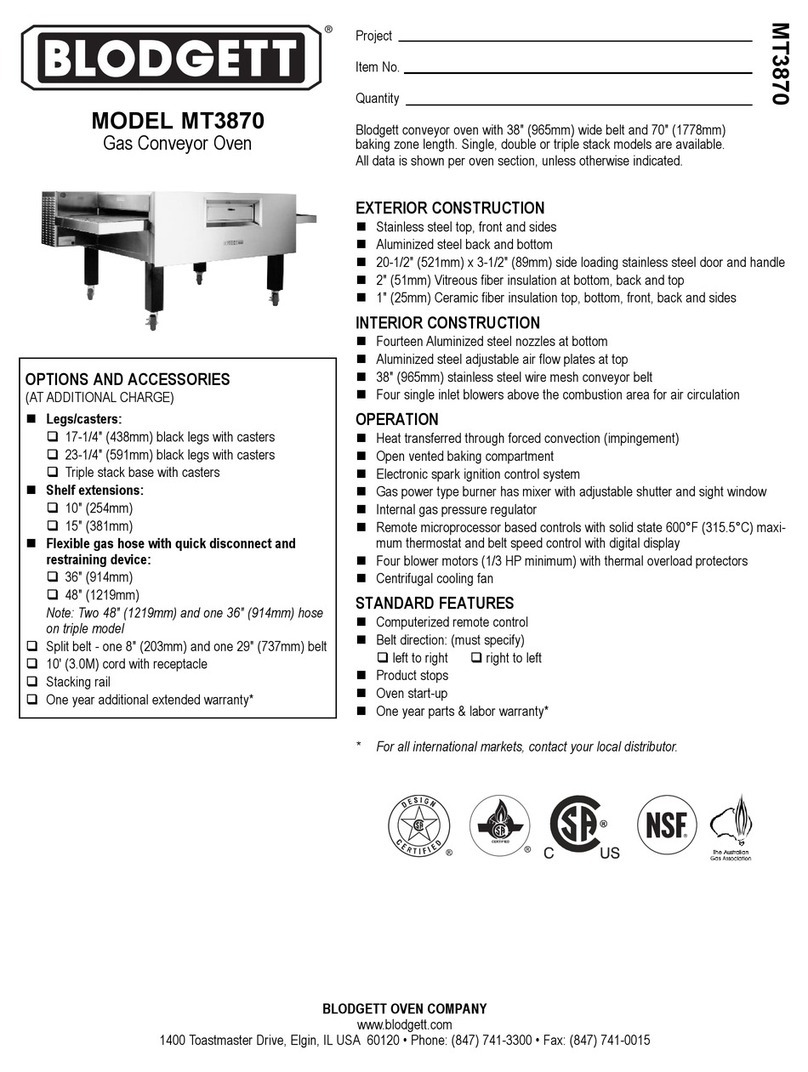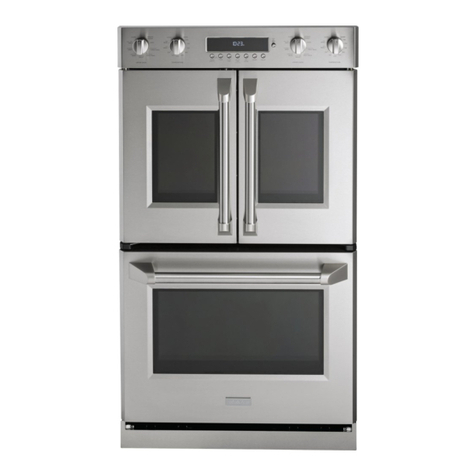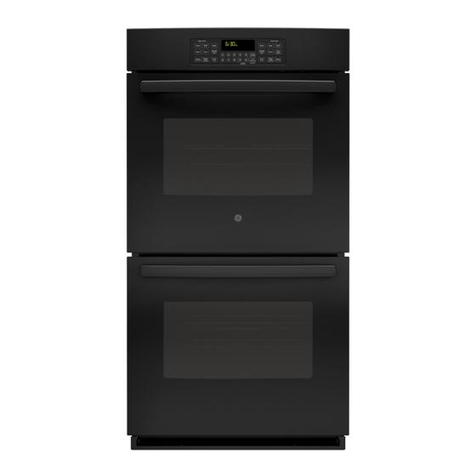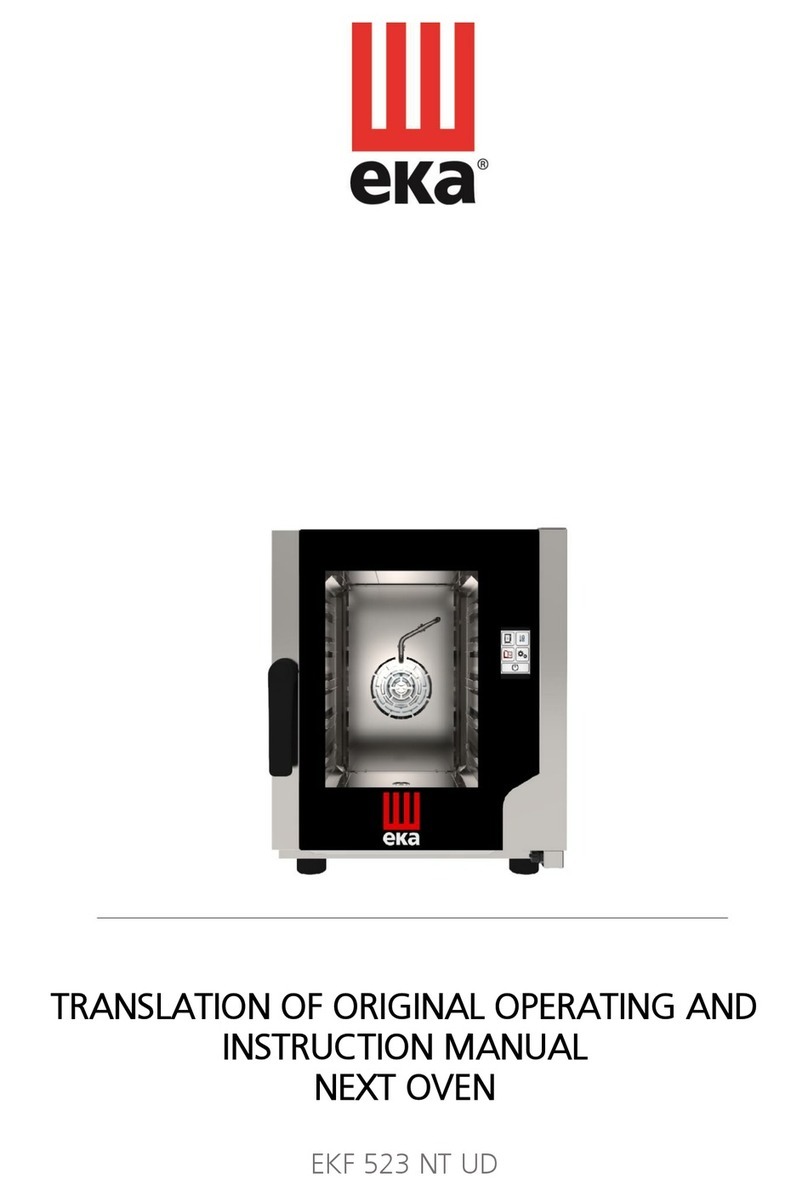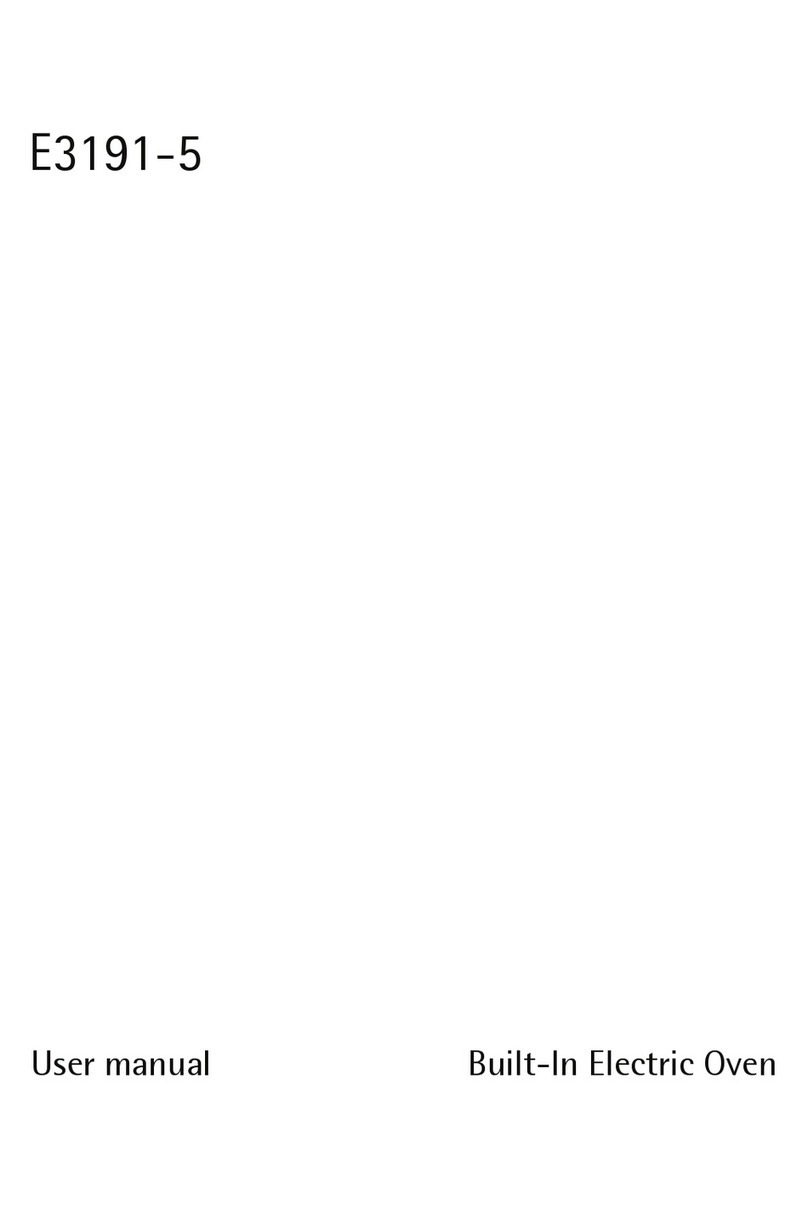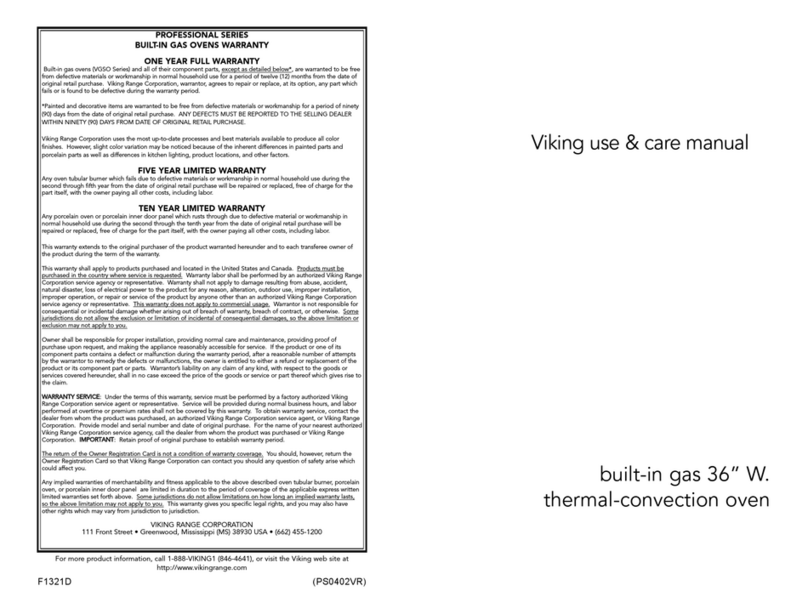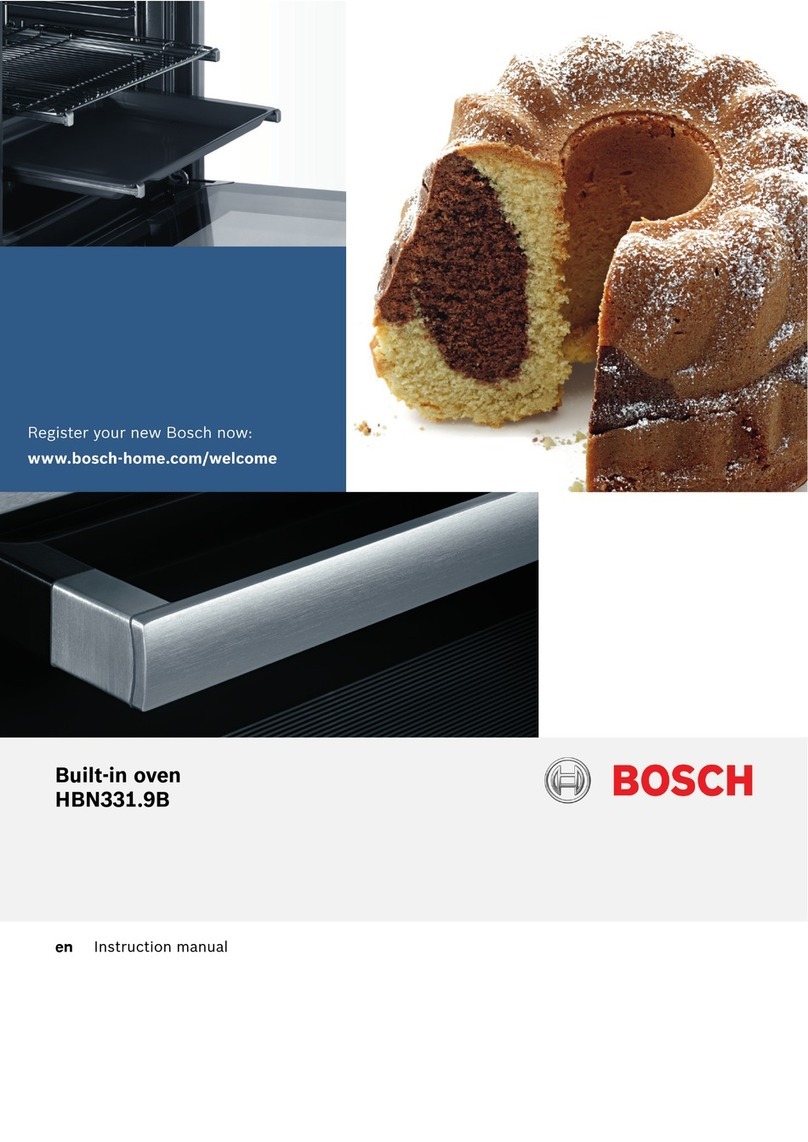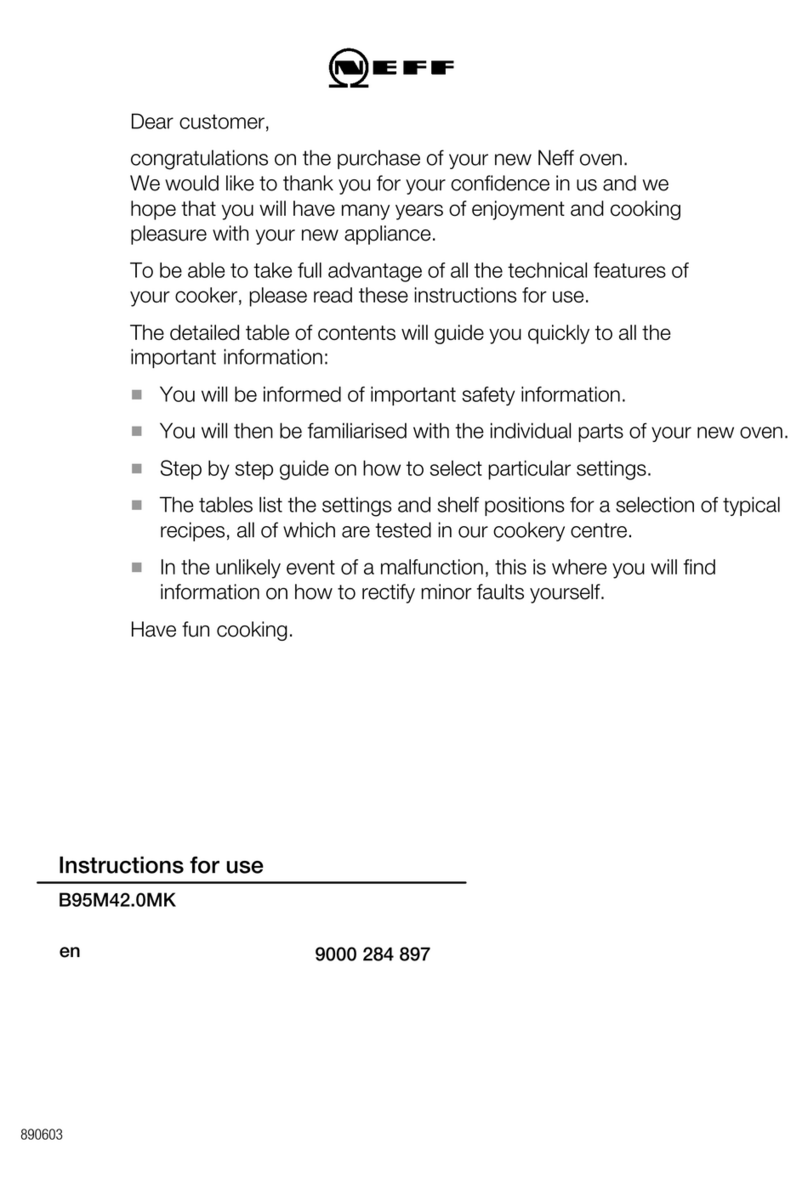BAKING CHARTCLEANING THE OVEN
SELF - CLEANING PANELS
89
To alleviate unnecessary odour and smoke during coking it is important to clean
your oven regularly. It is best to deal promptly with stains caused by spills during
cooking. This can be most easily achieved with a moist sponge whilst the oven is
STILL WARM. (Take care not to burn yourself).
Use warm water and liquid detergent to clean the enamel and decorative control
panel, door, etc. Dry with a soft cloth. NEVER use abrasive powder or
acid/chlorine based cleaners.
Always avoid cleaning the glass until COLD. The inner glass can be easily
removed when necessary by unscrewing the 2 locating screws with a coin. Be
careful to re-position the door gasket accurately when re-assemling after
cleaning.
Self Cleaning Panels (Part Number SPA 2) may be purchased as an optional
extra for the fan oven cavity. They are attached to the sides by removing the rack
guide assemblies and placing the self cleaning panels against the oven side
walls over the pins. Ensure that the ROUGH side is facing out. These liners are
self cleaning during the oven’s heat cycle. If residue remains on them after
cooking, empty the oven of food and turn the thermostat to MAX; 15-20 minutes
should be adequate to clean the panels using this method.
How the Self Cleaning Panels Work
The self-cleaning oven panels go through a special enamelling process which
ultimately creates a rough surface (this is the side which should face outward in
the oven).
Because of the structure of the surface, it is extremely porous and attracts
oxygen. When the stain hits this surface it immediately spreads outward. In this
way, immediate oxidisation of the stain occurs and it ultimately disappears while
the oven is in general use at standard cooking temperatures. The self cleaning
panels are designed to cope with fatty stains very efficiently. For stains on the
bottom of the oven, the usual causes are sugar or starch overflows.
BEWARE: Never use silicone films (polishes or cleaners) on self-cleaning
panels - they will be rendered useless. Similarly, NEVER try to wash with
detergent or use abrasive cleaners on the panels.
The below are recommendations only. Please refer to your own recipe for personal taste.
*Shelf positions are numbered from the top, down.
NORMAL BAKE
SHELF* TEMP ° C Time
BAKED PRODUCTS
Bread loaves 3 210-220 30-45mins
Rolls 3 200-210 15-20mins
Cakes butter 3 180 45-60mins
Patty 3 180 15-20mins
Rich fruit 3,4 140-150 1.5-2hrs
Sponge 3 180-190 15-25mins
Meringues 3 100-110 1.25-1.5hrs
Muffins 3 200-220 15-20mins
Pastry short 2,3 200 10-15mins
Flaky 2,3 230 10-20mins
Puff 3 230-250 10-20mins
Choux 3 230/190- 40-60mins
CASSEROLES
Beef, Veal 3,4 160 2.25-3hrs
Lamb, Mutton, Pork 3,4 160 1.75-2.25hrs
Poultry 3,4 170 1-1.25hrs
DESSERTS
Baked cake type 3 180-200 20-30mins
Baked custard 3 180 35-45mins
Baked fruit 2,3 200 50-60mins
Fruit crumbless 2,3 180 20-40mins
Meringue toppings 3 180-200 15-20mins
Pavlova 3 150/100 2-2.5hrs
FISH whole 2,3 180 25-50mins
Fillets 2,3 180 15-30mins
POULTRY
Chicken pieces 2,3 180 30-45mins
Whole 3 180 1-1.15mins
SOUFFLES
Large 3 180 45-55mins
Individual 3 180 35-50mins
VEGETABLES
Baked potatoes 2,3,4 200 35-45mins
Oven cooked rice 2,3 180 40mins
Roast 2,3,4 180 35-45 mins


